As 2020 came to an end, 145 employees of a single Costco store in Washington state tested positive for COVID-19 at the same time. This outbreak led some experts to wonder whether ordinary businesses could become the next superspreaders of COVID-19. What steps can organizations take to stop COVID-19 from spreading among their staff and customers?
Self-declaration forms provide an added layer of protection for businesses looking to prevent COVID-19 outbreaks. In fact, organizations are increasingly requiring staff and clients to submit one if they believe they have COVID-19.
But what exactly are self-declaration forms? And how can your business accept a self-declaration form without coming into contact with the infected person?
What’s a COVID-19 self-declaration form?
A self-declaration form is a document that employees or clients can fill out to inform an organization that they have contracted COVID-19. This form includes important details, such as who the person has been in contact with and where they have traveled recently. Self-declaration forms contain a lot of crucial information for your organization, but they are also helpful for your employees.
For example, an employee who has tested positive can request sick leave or permission to work from home on the self-declaration form. The form’s list of potential exposures also means that you can notify other staff members who may have been exposed. They can then self-isolate to prevent spreading the disease.
Many organizations make it very easy for employees to fill out a self-declaration form. Some use an online portal to distribute and collect the forms. Certain online form companies can even convert the form into a QR code that’s accessible on mobile devices. Both of these methods allow employees to make their self-declaration without contact, ensuring the safety of others.
Using contactless self-declaration forms also helps you track cases of COVID-19 without endangering other staff. However, setting up a self-declaration form that doesn’t require contact does take planning. Let’s see how you can start using self-declaration forms for your business.
HIPAA-friendly Mobile App for Healthcare Services
Create a self-declaration form and get responses from any device with Jotform Health App, our HIPAA-friendly mobile app for healthcare workers. Go contactless with our touchless kiosk for mobile forms.
How can your business create a contactless self-declaration system?

A self-declaration form may be a single document, but you’ll have to take multiple steps to create that document. By using the steps outlined below, you can ensure that your self-declaration forms are easy to complete and will help protect the people who enter your business.
Here are some basic steps you can take to get the process up and running:
- Look for a HIPAA-friendly online form company. Because these forms contain personal medical data, it’s important to choose an online form company that’s HIPAA-friendly.
- Make your form as easy to fill out as possible. Employees are more likely to fill out the form if it’s easy to do so. Providing them with online forms can help. For example, Jotform has created a COVID-19 self-declaration form template that businesses can use — and it’s easy to convert into a QR code, which allows employees to access the form from their mobile devices. But make sure you explain how to use the QR code and how to access it.
- Write a COVID-19 policy for self-declaration. This policy should cover situations such as an employee who has had contact with multiple staff members, refuses to fill out a form, or lies on the form. It should also include a privacy policy.
- Decide who will process the completed forms. Some businesses may decide that their HR personnel should handle these documents. Be sure they understand your self-declaration policy. It’s also important to train them on features that help with HIPAA compliance and create a process to ensure everyone follows the law.
Self-declaration forms may seem unnecessary. After all, employees have probably always called or texted their boss whenever they don’t feel well. But COVID-19 requires vigilance — a self-declaration form will provide you with vital information you can use to keep yourself and other staff members healthy — and that will mean a safer environment for your clients and your staff.
Now accepting self-declarations
Most businesses can’t afford to operate while 145 employees quarantine after an outbreak. A staffing shortage of that level can stretch your workforce to the breaking point and force you to shut down your company. By implementing self-declaration forms, your organization can help prevent COVID-19 outbreaks, keep everyone safe, and ensure your business continues to run smoothly.
Jotform can help you stay on top of any new cases in your business with our secure, easily accessible self-declaration forms. Our templates and other forms are HIPAA-friendly, so you can rest assured that the data your staff submits is protected. Check out our templates today, and contact us to learn more.

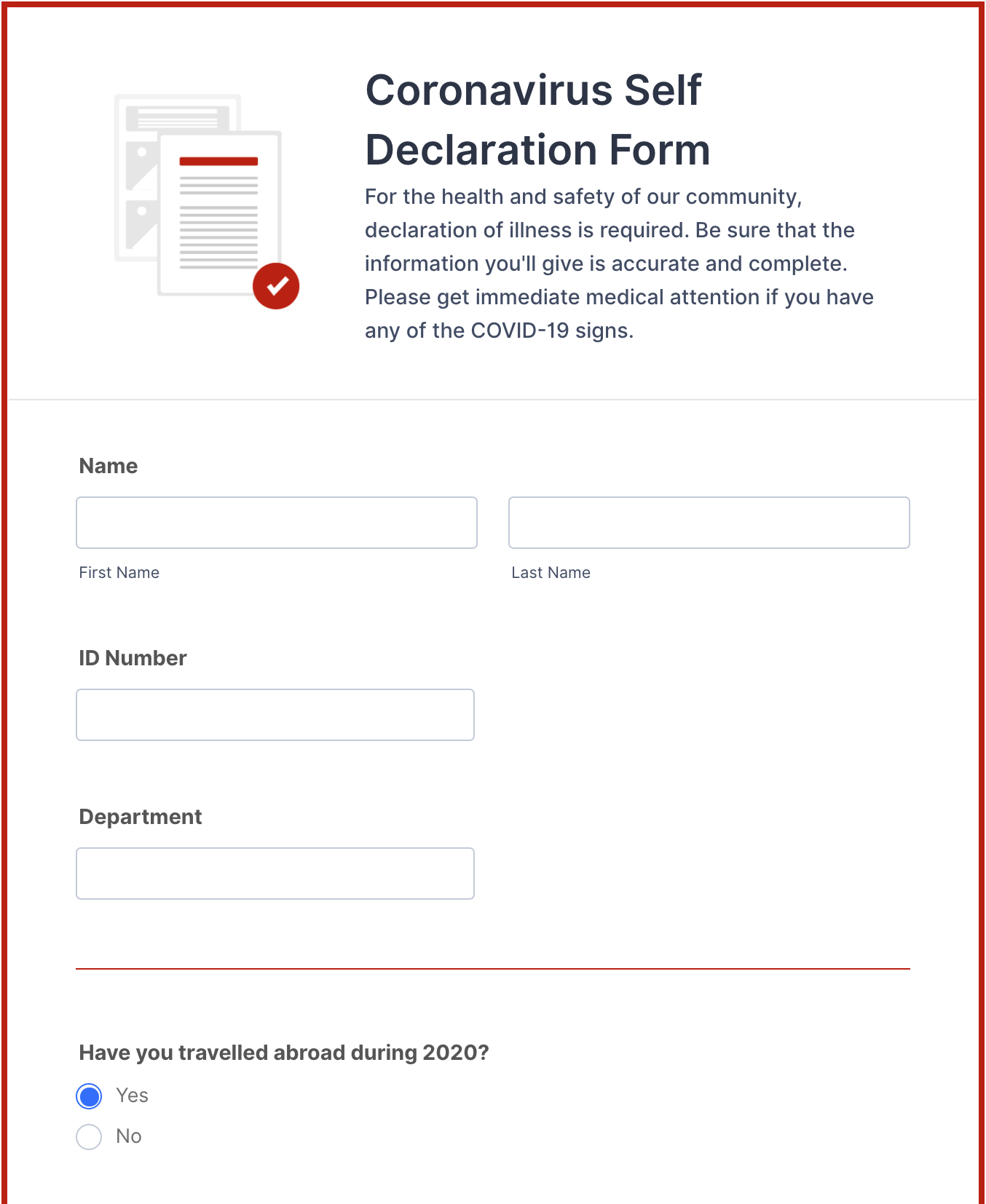







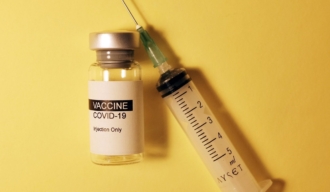
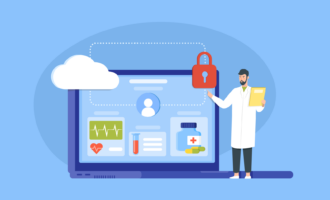
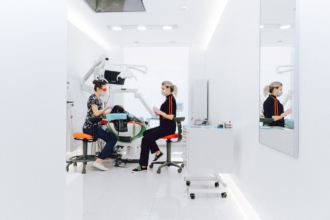

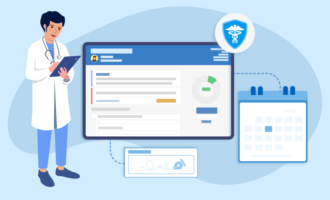




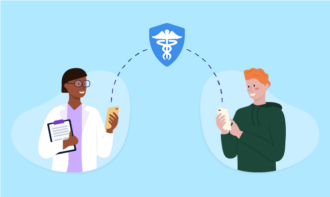





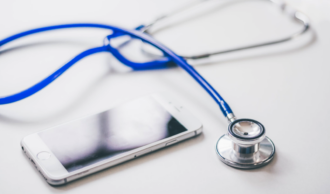
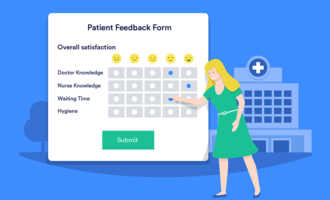
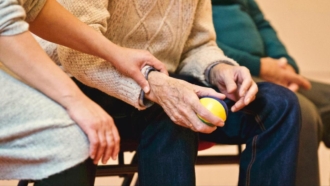

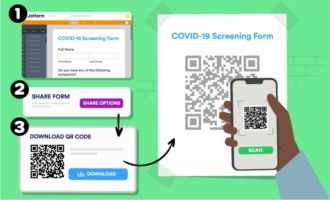

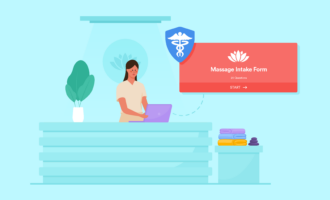


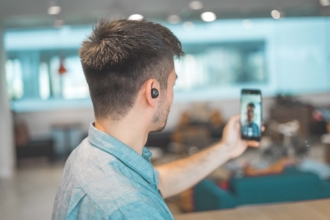

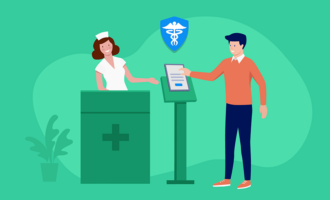







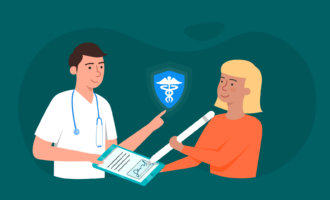





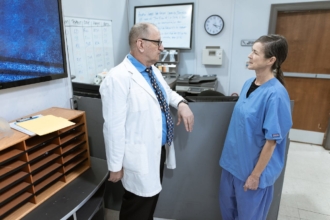





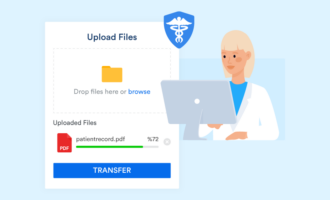
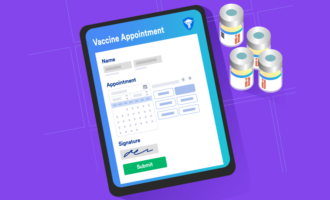

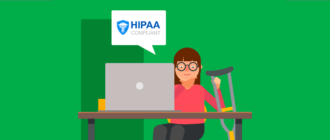

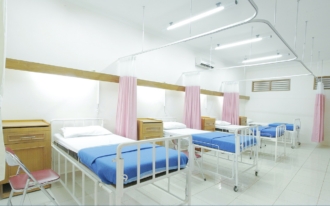

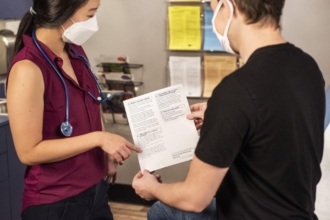
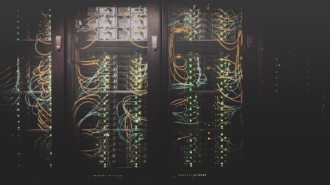


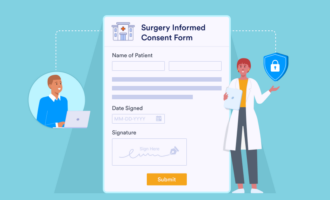
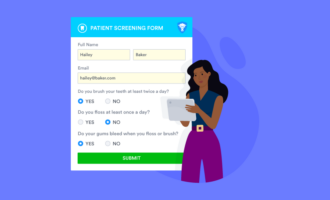
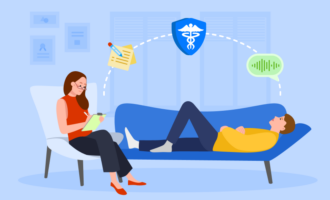
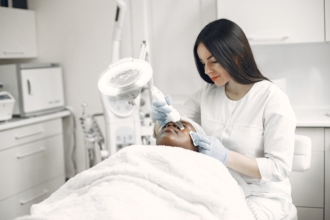







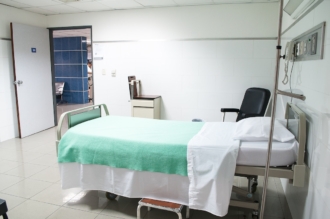


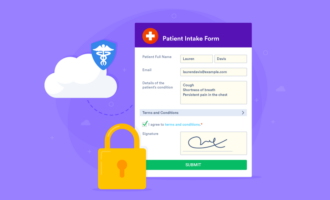



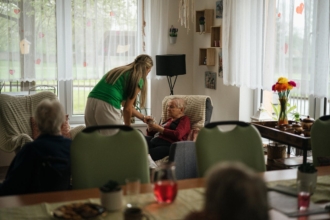

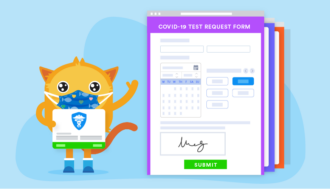

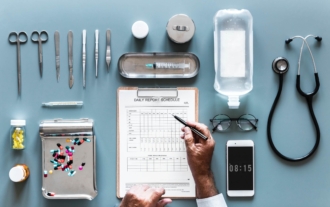
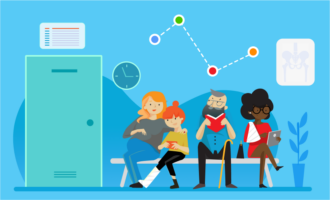
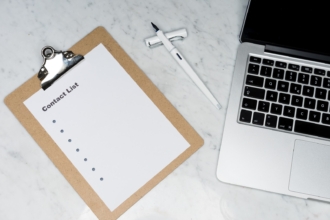


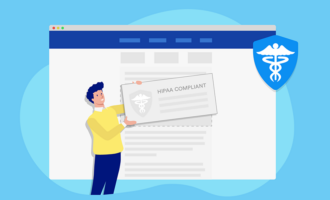



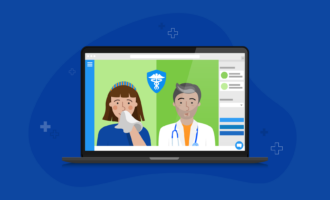



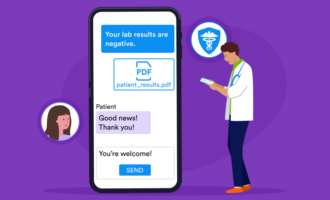
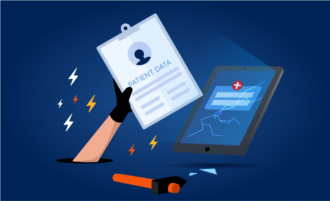


Send Comment: